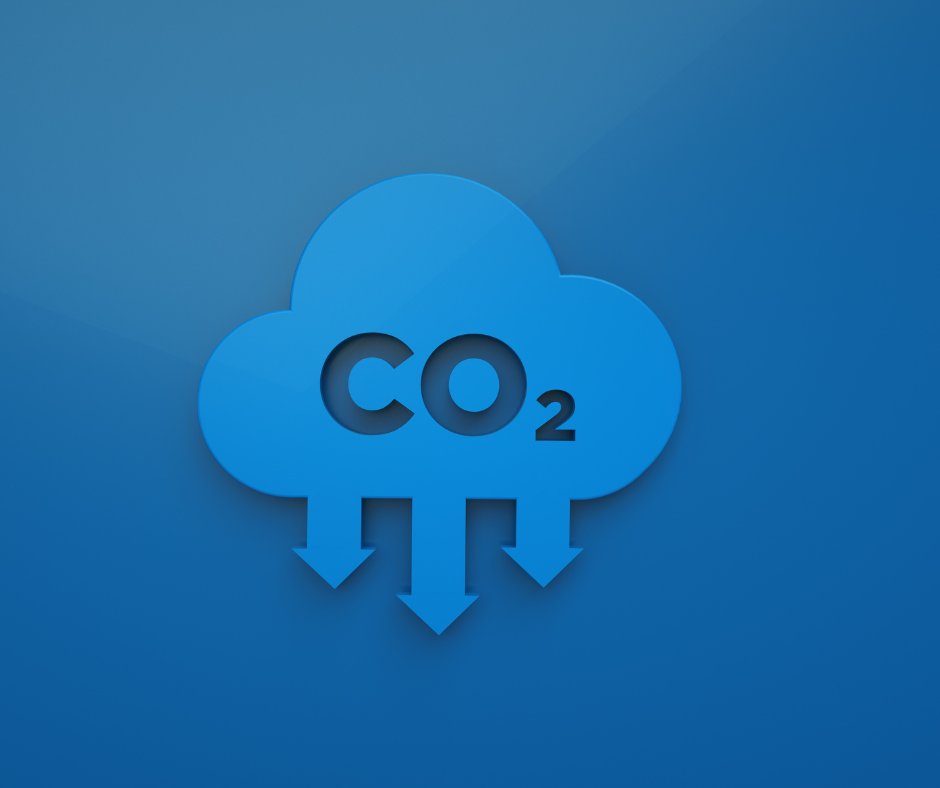One of the most common solutions proposed as a measure to combat climate change is cap and trade. In this system, the government sets a cap on the amount of greenhouse gas emissions permitted across an entire industry. Then, companies within that industry trade in a market, buying and selling carbon offsets that permit them to emit a certain amount of greenhouse gasses. Because they need to pay for the carbon offsets, and because they can sell whatever offsets they don’t use, companies have a strong incentive to reduce their emissions.
Meanwhile, the government reduces the cap over time, encouraging companies to cut their emissions further. The government also sets the penalties for cap violations. It is a carrot-and-stick approach: the costs of purchasing carbon offsets and penalties for cap violations are passed onto the consumer, creating a carbon tax that increases the cost of products.
Cap and trade is a top-down approach to curbing carbon emissions, mandated by the government and passed down to companies, which then pass the cost down to consumers. It works by accounting for the greenhouse gas emissions of the largest industries and biggest emitters; only over a period of time does the cap and trade mechanism work downward to cap greenhouse gas emissions of smaller industries and emitters.
Although ICEMAN can complement a government’s cap and trade approach, it is a radically different methodology. ICEMAN works from the bottom up, incorporating the carbon footprint of small business operations, including the small businesses that make components and ship goods for larger businesses.
Small businesses represent over 99 percent of all businesses in the United States and employ nearly half of all U.S. employees.[1] ICEMAN, therefore, has the potential to impact a far greater audience and curb emissions from a far wider range of businesses than cap and trade can.
But ICEMAN and cap and trade are not at odds or in competition with each other. They are different but complementary approaches. In fact, properly implemented, the ICEMAN mechanism is designed to exist harmoniously with other policies like cap and trade. While cap and trade focuses on the greenhouse gas emissions of the manufacturer alone, ICEMAN includes the emissions of the manufacturer and the product, covering what cap and trade misses and therefore providing a more comprehensive solution to carbon emissions as a whole.
Especially in the United States, government regulations tend to have negative connotations, whereas mechanisms that stimulate corporate growth and fiscal health are generally considered positive. Therefore, in order to be truly effective, any mandated system must work and coexist in harmony with market-driven mechanisms such as ICEMAN. A mechanism that harnesses positive market forces and that has the ability to work in harmony with mandated policies can bring together the best of both worlds. This is the only way we can slow down the exponential growth of—and eventually reduce—greenhouse gas emissions.
[1] JPMorgan Chase Institute, “Small Economic Activity,” accessed May 2, 2021, https://www.jpmorganchase.com/institute/research/small-business/ small-business-dashboard/economic-activity.
